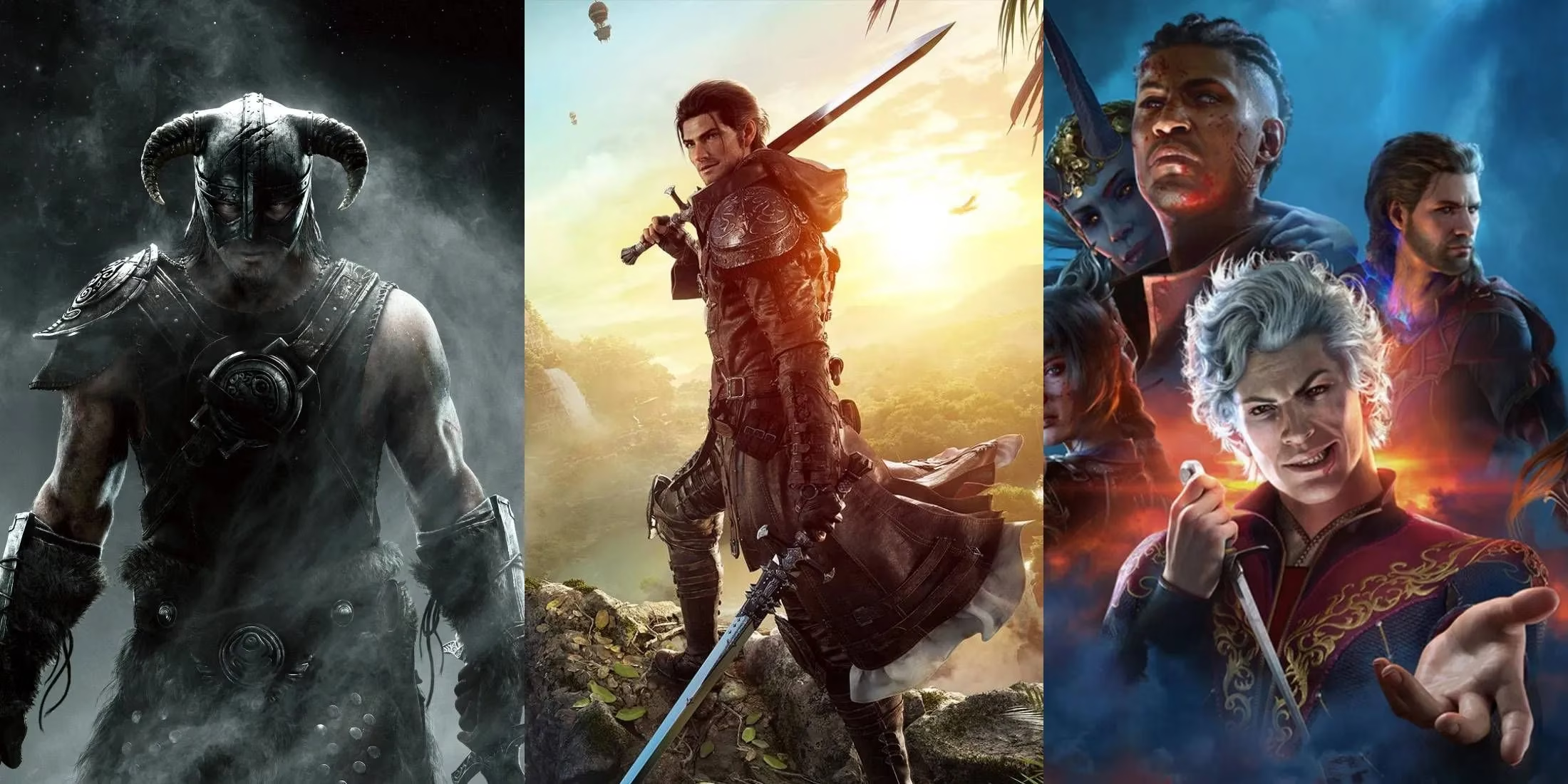The Healer's Journey in Today's Open-World Adventures
Explore immersive healing mechanics in open-world games like Fallout 4, Guild Wars 2, and Final Fantasy 14, revealing why healing roles captivate players and shape gameplay.
Hey gamers, ever found yourself in the middle of a chaotic open-world battle, wishing you had a trusty healer by your side? As a player who's spent countless hours exploring these vast landscapes, I can tell you that being a healer isn't just about keeping your party alive—it's about embracing a unique role that shapes how you experience the game. In 2025, open-world games have evolved to offer more immersive healing mechanics, blending survival, strategy, and personal choice. Whether you're casting spells in a fantasy realm or relying on gritty science in a post-apocalyptic wasteland, the thrill of healing adds depth to every adventure. But here's the thing: why do so many players gravitate towards this role? Is it the satisfaction of being the unsung hero, or does it unlock a different perspective on the world? Let's dive in and explore how these games make healing an art form.
🎮 The Science of Survival in Fallout 4
In the atompunk chaos of Fallout 4, healing isn't about waving a magic wand—it's a gritty science experiment. I remember emerging from Vault 111 centuries later, only to face irradiated horrors. Players like me can recover health passively or use items, but the real game-changer is the cannibal perk. By investing points, you heal by consuming fallen foes, including super mutants and ghouls. It's unconventional, sure, but it transforms you into a resilient survivor. Why settle for mundane healing when you can turn the wasteland into your buffet? This perk forces you to rethink morality: is cannibalism justified for survival? 😅

⚔️ Guild Wars 2: Healing in the Age of Dragons
After the Great Destroyer fell, Tyria descended into dragon-fueled chaos. As an Arisen (that's me!), I quickly learned that solo missions are suicide. Gathering a party is essential, and healing becomes the glue that holds us together. Classes like the druid or necromancer offer diverse healing options—reviving allies or buffing defenses. But here's a question: what makes a dedicated healer so vital in MMOs? Is it the thrill of multitasking damage and support? In Guild Wars 2, the choice isn't just tactical; it's about forging bonds with fellow players. Why not try a necromancer for late-game revives and see how it shifts your strategy?
🌟 Final Fantasy 14: Healing as a Social Experience
If you're itching for a bustling MMO world, Final Fantasy 14 in 2025 is a dream come true. Starting as a magic user, you can spec into roles like white mage or sage. I've spent hours in Eorzea, where healing isn't a solo act—it's about interacting with a living community. Choosing white mage means balancing heals with damage, keeping the party alive while contributing to the fight. But People Also Ask: What jobs are best for new healers? White mage offers simplicity, but sage adds complexity with barriers. Why not experiment with both to see how they enhance group dynamics? Here's a quick comparison:
| Healer Job | Key Abilities | Best For |
|---|---|---|
| White Mage | Powerful direct heals | Beginners |
| Sage | Shield-based support | Experienced players |
🏔️ Skyrim: Freedom in the Restoration School
Ah, Skyrim—the game I've poured thousands of hours into, roaming from nirnroot fields to dragon-infested peaks. What I love most is the freedom: no rigid classes, just skill trees. Investing in Restoration magic lets me heal myself and others without committing fully to a healer role. It's perfect for solo adventurers who want flexibility. But People Also Ask: Can you be a one-man army and still heal effectively? Absolutely! Why lock yourself into a box when the open world encourages experimentation? Sometimes, I find myself healing bandits just to see what happens—talk about moral dilemmas. 😂
🧪 Divinity: Original Sin 2: Unique Healing Twists
Larian Studios nailed it with Divinity: Original Sin 2. Playing as an elf, I discovered a quirky heal-by-eating-corpses trait. It's not your standard hydrosophist magic; it adds a layer of dark humor to survival. In my journey against Voidwoken, this approach made me rethink healing: is it about purity or pragmatism? People Also Ask: How does this compare to traditional RPG healers? While hydrosophist skills are available, corpse-eating offers novelty without class restrictions. Why not try both and see which fits your playstyle?
🐉 Dragon's Dogma: Healing on the Path to Revenge
My heart was stolen by a dragon in Cassardis, turning me into the Arisen. Before facing that beast, I had to grow stronger through monster hunts. Designing my pawn as a mage unlocked healing abilities, proving that support roles aren't secondary—they're survival essentials. In 2025, this system feels fresh: pawns can be tailored to your needs. But People Also Ask: What's the balance between offense and healing? Too much focus on one can derail your quest. Why not mix spells to create a versatile build?
🎲 Baldur's Gate 3: D&D-Inspired Healing Tactics
Based on D&D 5e, Baldur's Gate 3 immerses you in a parasite-riddled journey along the Sword Coast. Classes like cleric or druid let you heal allies with spells and buffs, echoing tabletop dynamics. As a healer, I've saved parties from illithid threats with timely interventions. But People Also Ask: How vital is a healer in combat-heavy games? Crucial! One well-placed heal can turn the tide. Why not challenge yourself to play without a dedicated healer and see the chaos unfold?
So, what's your take? Healing in open-world games isn't a chore—it's a gateway to deeper immersion and creativity. Whether you're munching on ghouls in Fallout or casting revives in Final Fantasy 14, every choice shapes your story. But here's a final thought: in a world where games constantly evolve, how will healing mechanics change by 2030? 🧙